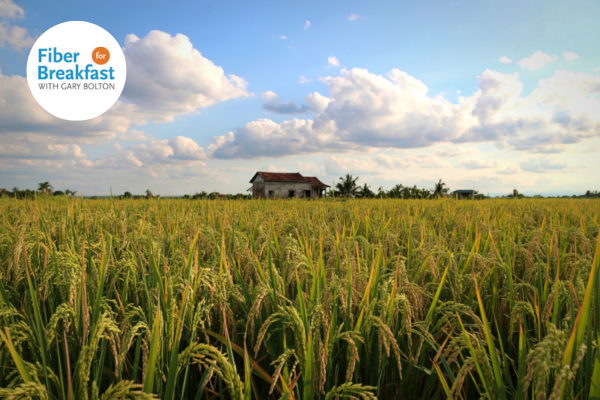Fiber Broadband Association Releases Case Study on Fiber’s Critical Role in Public Safety
Fiber Broadband Association Releases Case Study on Fiber’s Critical Role in Public Safety
New study shows how fiber networks protect lives and keep communities connected before, during, and after disasters
WASHINGTON, D.C.—(November 4, 2025)—The Fiber Broadband Association (FBA) today released a new case study, Fiber for Public Safety: How Broadband Infrastructure Protects Communities Before, During, and After Disasters, highlighting how resilient fiber broadband networks save lives by keeping first responders, hospitals, and communities connected when wildfires, hurricanes, and other disasters strike.
The case study shares real-world examples from across the United States where fiber broadband has proven to be the difference between fragile communications systems and reliable, life-saving networks:
- California: Siskiyou Telephone restored full communications to a fire camp within an hour after satellite systems collapsed under heavy demand.
- Oregon: Douglas Fast Net pre-positioned fiber at known fire camp sites, ensuring high-capacity broadband was available the moment emergencies hit.
- Hawaii: During the 2023 Maui wildfires, Hawaiian Telcom’s hardened underground fiber network remained operational while much of the island’s communications grid went down.
- Tennessee: United Communications provides free fiber broadband to every fire and police station it serves, making public safety a central mission of its network.
- Georgia: PeachNet connects local departments and emergency agencies directly to fiber, strengthening day-to-day readiness while supporting community services.
“These case studies make one thing clear: fiber broadband is not just about fast home internet, it is critical public safety infrastructure,” said Gary Bolton, President and CEO of the Fiber Broadband Association. “When disasters strike, communities with fiber networks are safer, better prepared, and more resilient.”
The case study underscores fiber’s unmatched reliability, capacity, and low latency compared to stopgap solutions like low-earth-orbit satellites, which can suffer congestion, weather disruptions, and line-of-sight limitations during emergencies. Fiber also supports emerging tools like AI-driven fire detection, real-time mapping, and fiber optic sensing for early event detection.
With disasters growing more frequent and severe, the report calls on policymakers, investors, and community leaders to prioritize fiber as a cornerstone of public safety infrastructure.
The full case study can be found here. Subscribe to FBA’s Fiber Forward Weekly newsletter here to stay updated.




